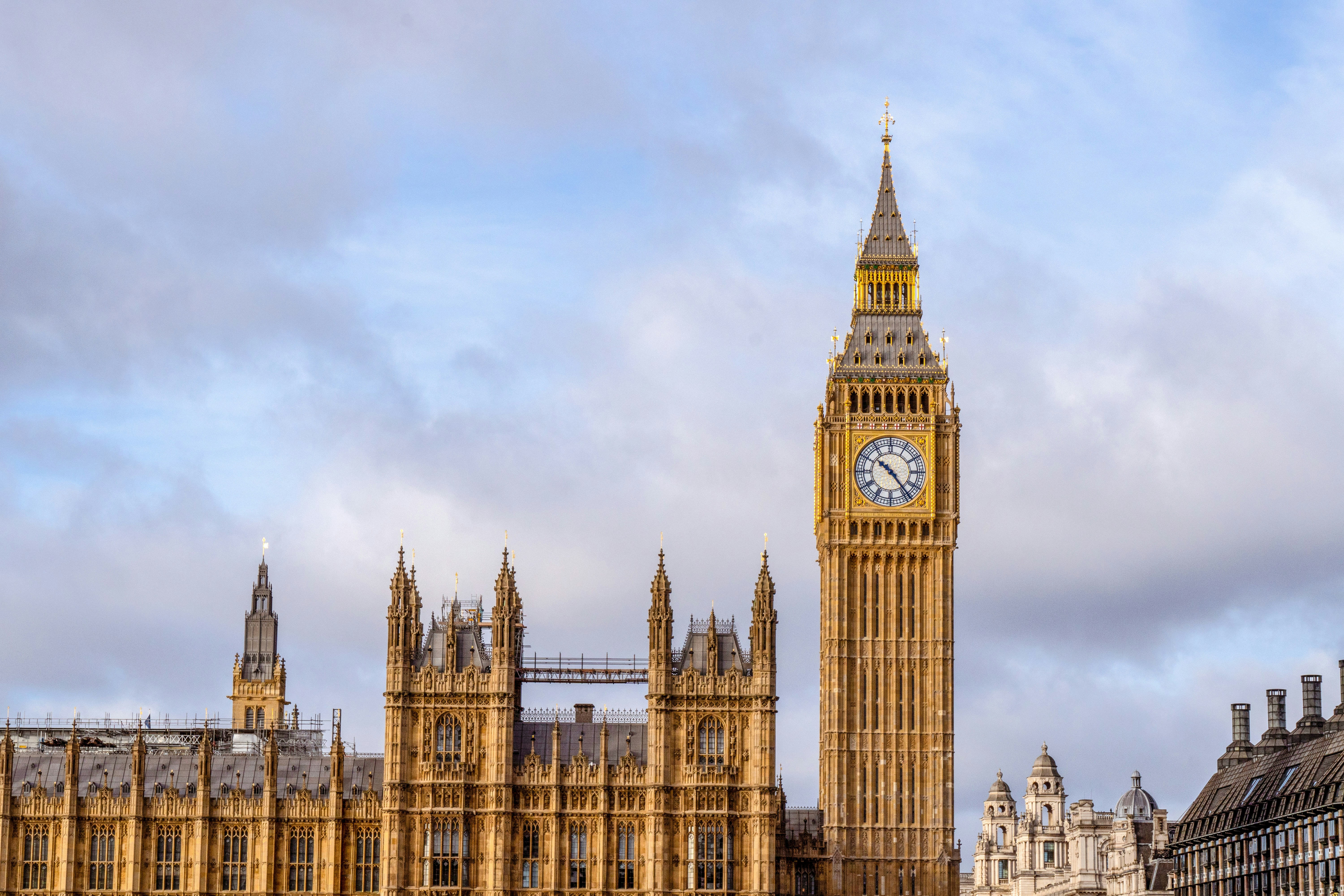July 24 2025
Matthew Mann, Senior Public Affairs Manager at CPT, reflects on the last 12 months in bus and coach policy.
As Parliament breaks for the summer, it’s a good moment to take stock of what’s been achieved this year for bus and coach, and more importantly, what still needs to happen when MPs return in the autumn.
There has been progress. The Spending Review didn’t deliver a major shift in direction, but in a tight fiscal environment, it landed in broadly the right place for the bus sector. The standout was capital: £15 billion for city-region transport schemes, plus a planned fourfold increase in Local Transport Grant funding for other areas by the end of the decade. That should give local authorities room to invest in bus priority, better infrastructure and cleaner vehicles. Whether they choose to use it that way is another matter.
On revenue, the outcome was about as steady as could be expected. Around £750 million a year has been earmarked for services, and the £3 fare cap will remain in place until March 2027. That decision gives some welcome certainty and a bit more time to bed in behavioural change. But fare caps don’t fix frequency, or reliability, or journey times. Without improvements on those fronts, cheaper fares alone won’t be enough to grow bus use in the long run.
Legislation has also moved forward. The Bus Services (No.2) Bill has reached report stage in the Commons and is expected to receive Royal Assent in the autumn. No major changes are anticipated at this point. CPT and the wider industry have engaged closely with Parliamentarians throughout, and there has been strong cross-party support for the Bill’s aims. It hands local transport authorities new powers, franchising among them, but what matters is what’s done with them. As we’ve consistently argued, designating Socially Necessary Local Services will only help communities if it is matched by local investment and political will.
The decarbonisation picture is more mixed. The Bus Manufacturing Expert Panel is a useful step towards linking industrial policy with the zero-emission transition, but it is early days and much more work is needed. Local authorities can now use their capital allocations to support ZEB investment if they choose. Meanwhile, the new Industrial Strategy adds some helpful signals: grid investment, planning reform, UK supply chain support and R&D funding through the £2 billion DRIVE35 programme. There may be opportunities here for coach too, particularly if the sector can push its way into infrastructure and funding streams that have so far focused elsewhere.
One recent announcement that will be welcomed by coach operators is the launch of a new £30 million government scheme to support depot charging infrastructure. The funding, which offers grants of up to £1 million for businesses to install electric chargepoints, could help unlock private investment and enable more small and medium-sized operators to begin the shift to zero-emission vehicles. It is a positive step, particularly for a sector that operates without day-to-day public subsidy, but it is not the full answer. Preparing depots is essential, but so too is building out a public charging network that works for coach on major roads and at key destinations. Without that, the risk is well-equipped vehicles with nowhere to charge.
Coach more broadly remains an opportunity not yet fully taken. The Integrated National Transport Strategy has the opportunity to open the door to a better, more joined-up role for coach in local and regional plans. But it will only be a framework. Making it count depends on local authorities choosing to treat coach as part of the network. That means factoring it into interurban connectivity, planning for access to events and hubs, and providing space in city centres.
All of this points in the same direction. National government is still setting the tone through funding and legislation. Increasingly, though, it is local decision-makers who will shape what passengers actually experience. They already have access to capital and revenue funding. Once the Bus Services (No.2) Bill becomes law, they will also have a clearer mandate to design networks that reflect the needs of their areas.
But powers and funding only go so far. Delivery is what matters now. Decisions need to be taken, partnerships built and investment turned into actual improvements on the ground. That is where the focus needs to be after recess.
